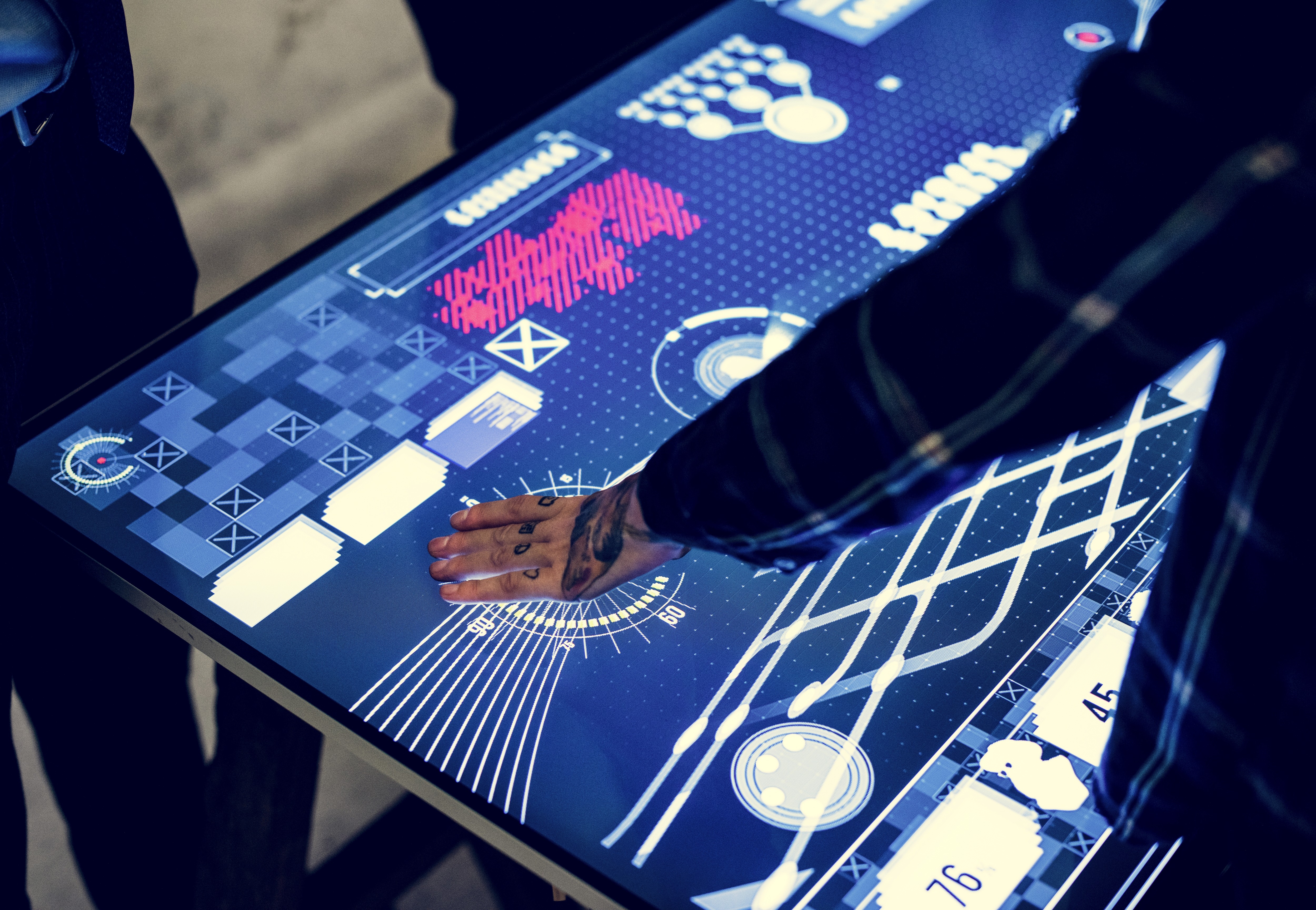Interactive Design
Definition:
"Interactive Design" refers to designing digital interfaces that respond to user interactions with engaging content. This practice focuses on creating intuitive, responsive, and user-centered experiences across various digital platforms.
Detailed Explanation:
Interactive design is a multidisciplinary field that involves creating digital interfaces that actively engage users through interactive elements. These elements can include buttons, animations, videos, forms, and other components that users interact with to navigate, provide input, and receive feedback. The goal of interactive design is to make digital experiences more engaging, efficient, and enjoyable by focusing on usability, functionality, and aesthetics.
Key principles of interactive design include user-centered design, which prioritizes the needs and preferences of users; feedback, which provides users with immediate responses to their actions; and consistency, which ensures a uniform experience across different devices and platforms. Interactive design also incorporates principles of accessibility, ensuring that digital interfaces are usable by people with varying abilities.
Interactive designers use various tools and technologies to create and test their designs, including wireframing and prototyping software, user testing platforms, and front-end development frameworks. The iterative nature of interactive design involves continuous testing and refinement to improve usability and address any issues that arise during user interactions.
Key Elements of Interactive Design:
User-Centered Design:
Focuses on understanding and addressing the needs, behaviors, and preferences of the target audience.
Feedback:
Provides users with immediate and clear responses to their actions, helping them understand the results of their interactions.
Consistency:
Maintains uniform design elements and behaviors across different parts of the interface, enhancing usability and user confidence.
Accessibility:
Ensures that interfaces are usable by people with various abilities, including those with disabilities.
Advantages of Interactive Design:
Enhanced Engagement:
Creates more engaging and immersive experiences that capture users' attention and encourage interaction.
Improved Usability:
Makes digital interfaces easier to use by providing clear, intuitive pathways for navigation and interaction.
User Satisfaction:
Increases user satisfaction by delivering responsive and enjoyable digital experiences.
Challenges of Interactive Design:
Complexity:
Designing interactive elements can be complex and require a deep understanding of user behavior, technology, and design principles.
Resource Intensive:
Developing and testing interactive designs can be time-consuming and require significant resources.
Rapid Changes:
Keeping up with rapidly evolving technologies and user expectations can be challenging for designers.
Uses in Performance:
Websites and Apps:
Enhances the functionality and user experience of websites and mobile applications through interactive elements.
E-Learning Platforms:
Creates engaging and interactive educational content that improves learning outcomes.
Marketing Campaigns:
Develops interactive advertisements and digital marketing materials that capture user interest and drive engagement.
Design Considerations:
When implementing interactive design, several factors must be considered to ensure a successful and engaging user experience:
User Research:
Conduct thorough research to understand the target audience's needs, preferences, and behaviors.
Prototyping:
Use wireframes and prototypes to test and refine interactive elements before full-scale development.
Usability Testing:
Continuously test the design with real users to identify and address usability issues and improve the overall experience.
Conclusion:
Interactive design focuses on creating digital interfaces that respond to user interactions with engaging content. By prioritizing user-centered design, feedback, consistency, and accessibility, interactive design enhances engagement, usability, and user satisfaction across various digital platforms. Despite challenges related to complexity, resource intensity, and rapid technological changes, the benefits of enhanced engagement, improved usability, and increased user satisfaction make interactive design a critical component of modern digital experiences. With careful user research, prototyping, and usability testing, interactive design can significantly elevate the effectiveness and appeal of digital interfaces.


